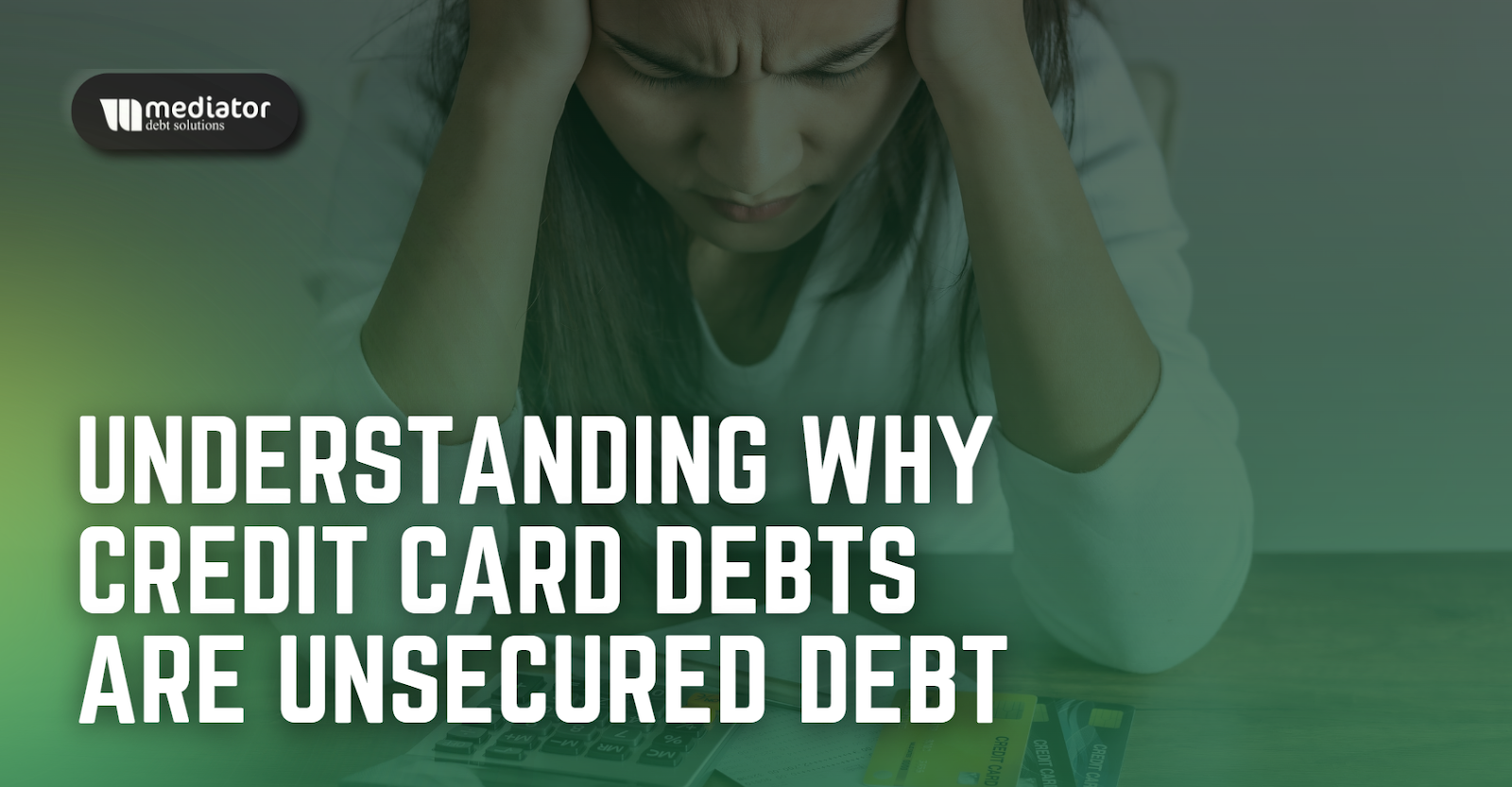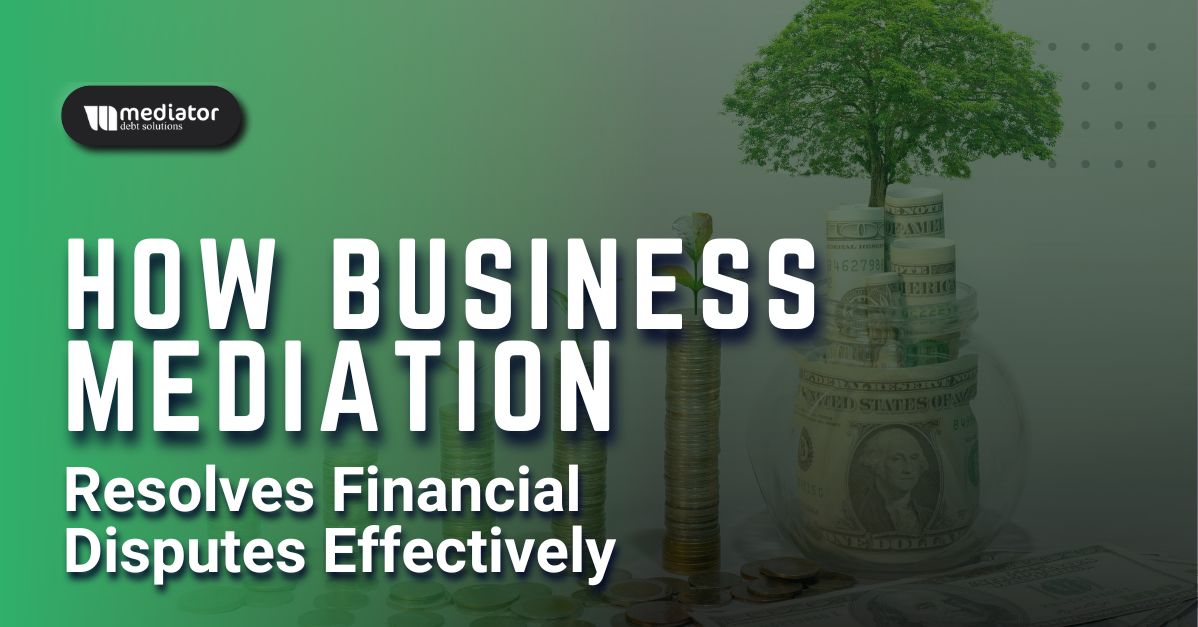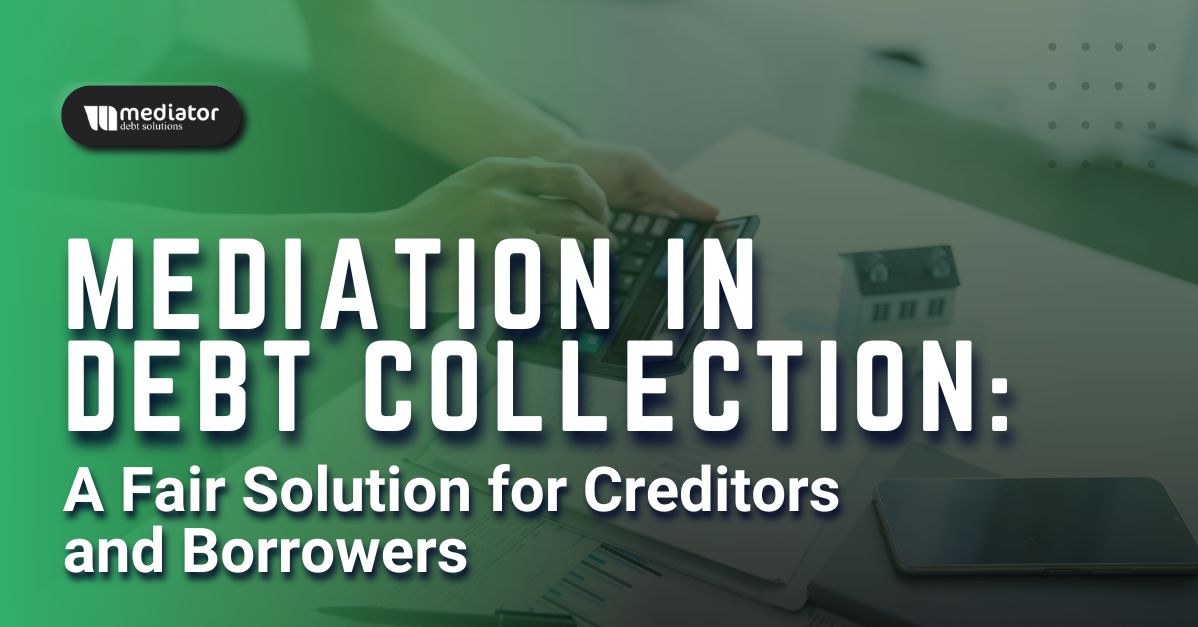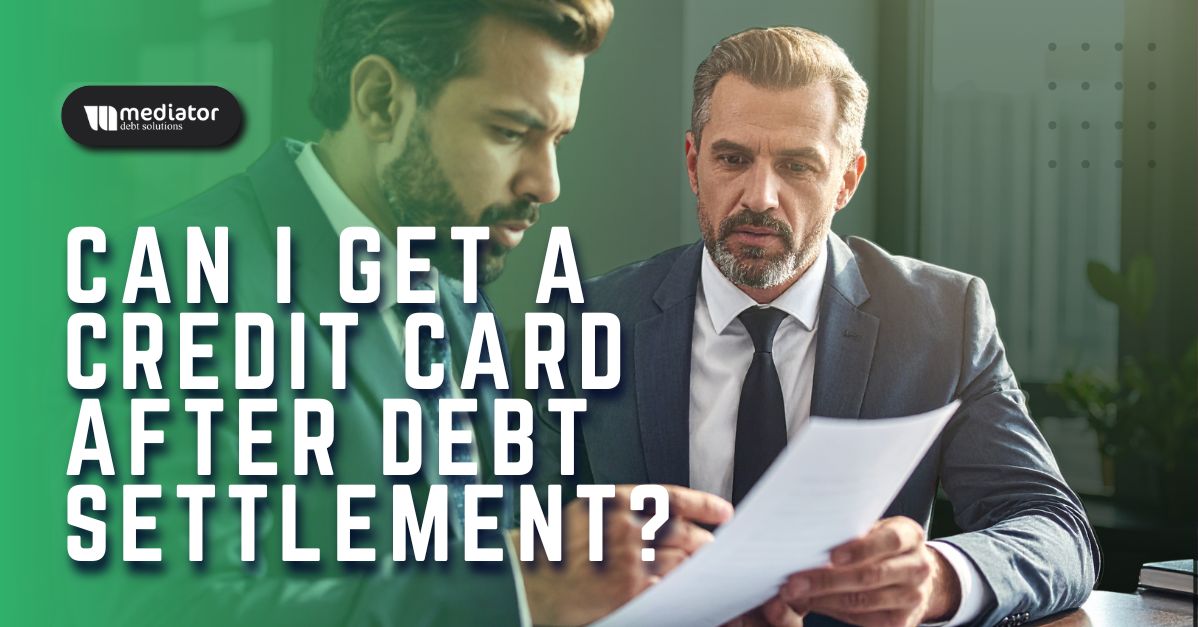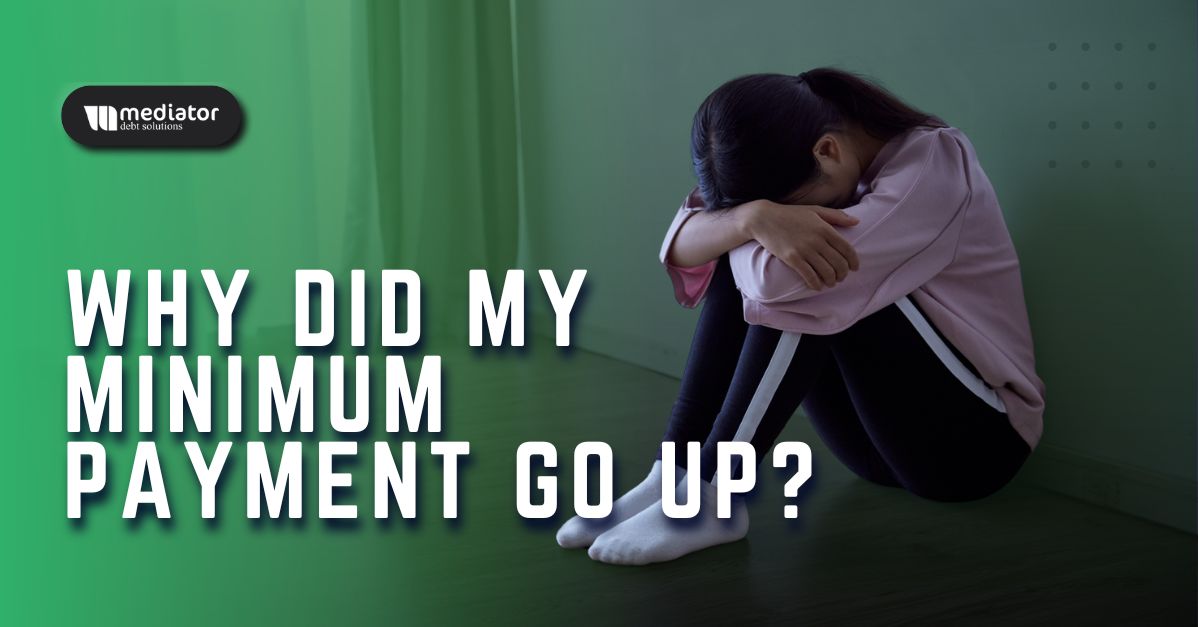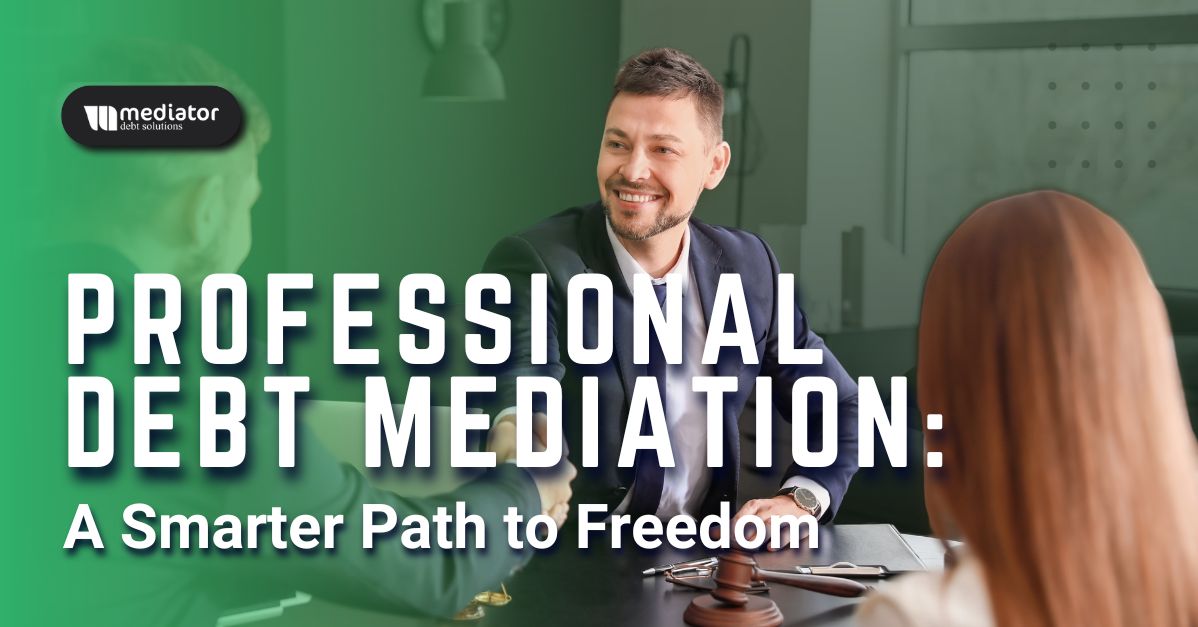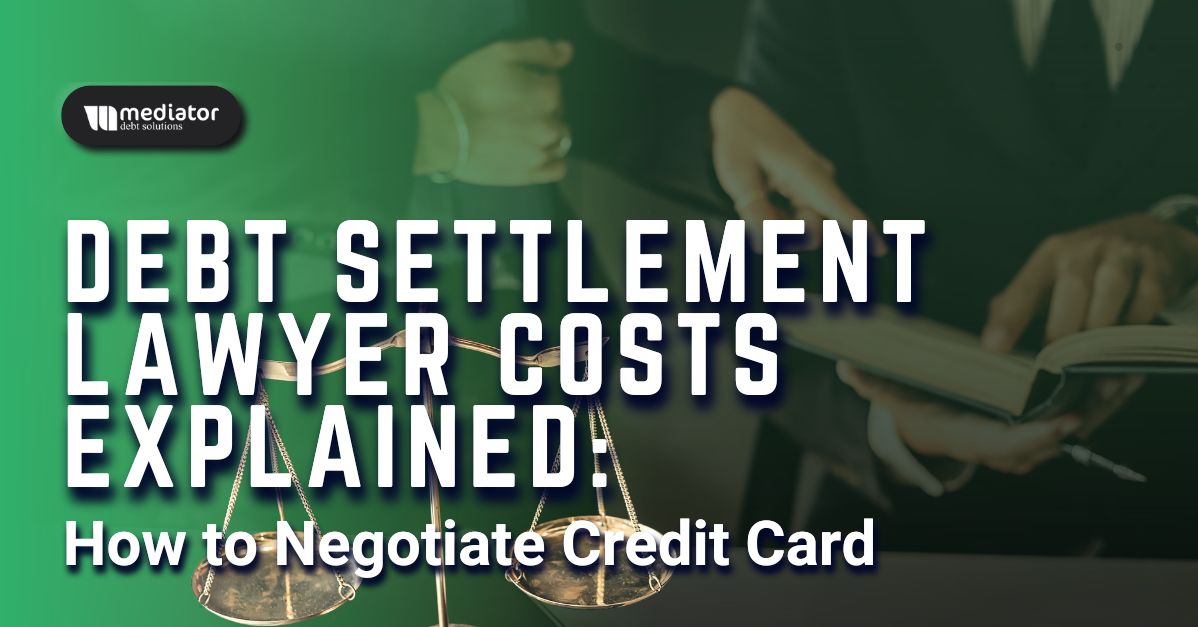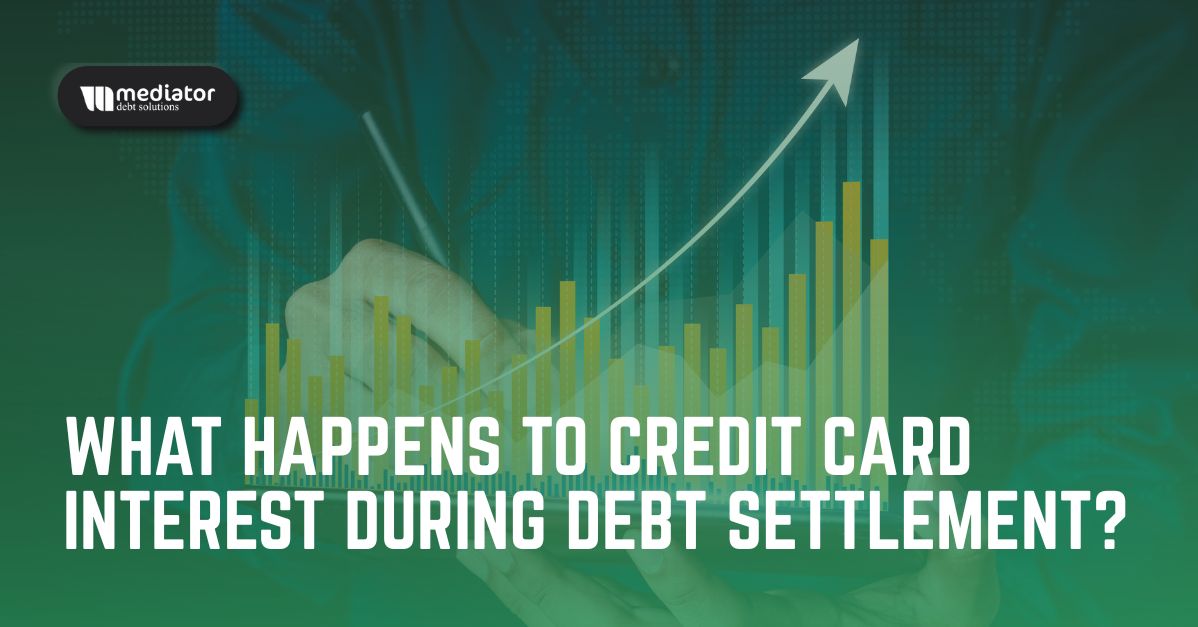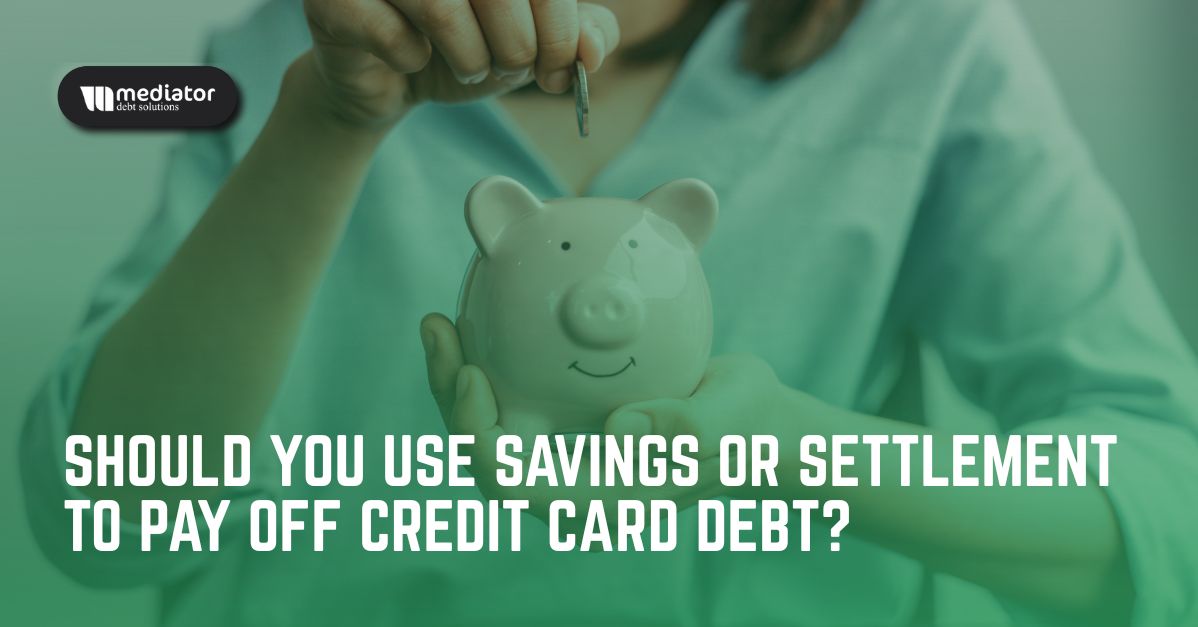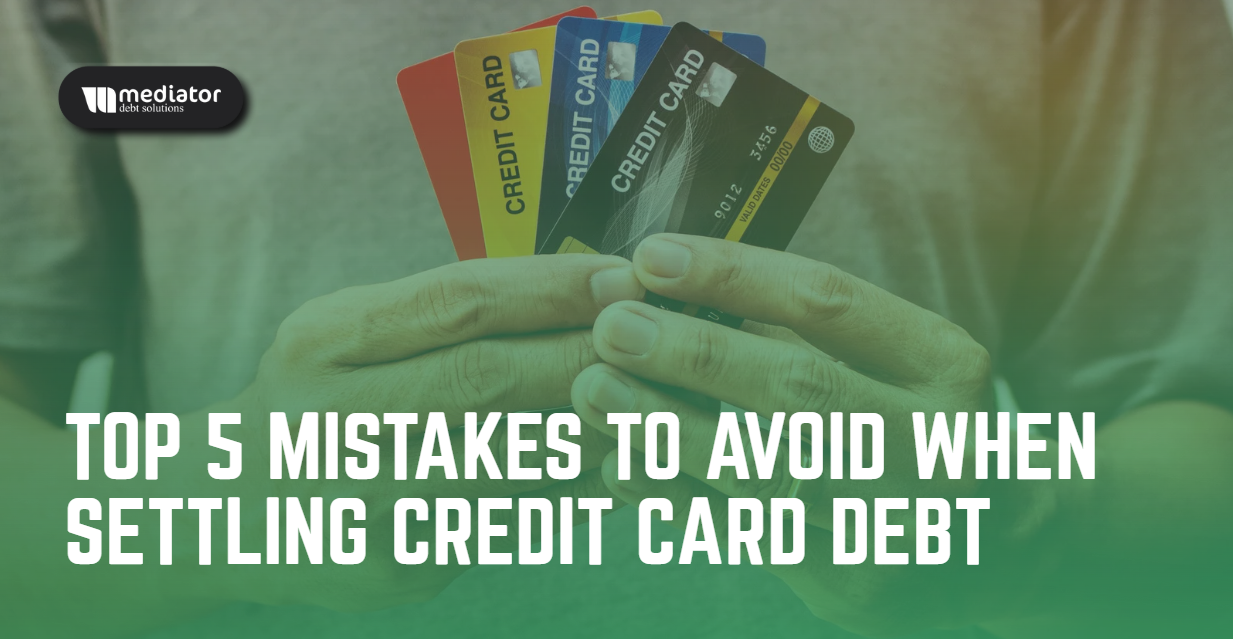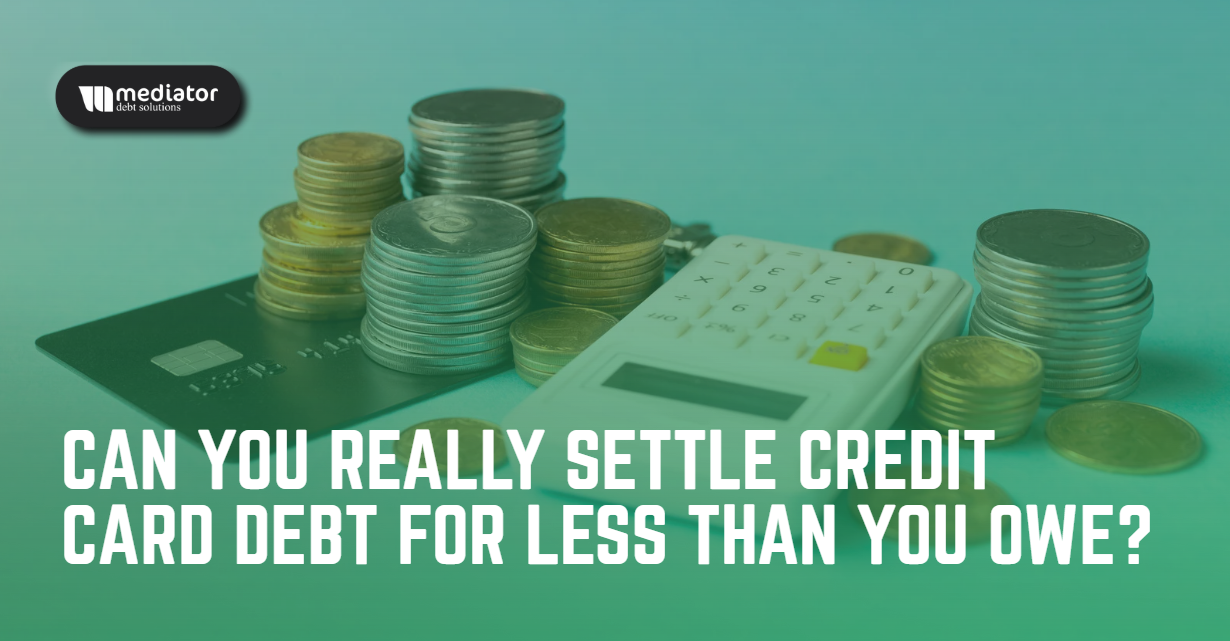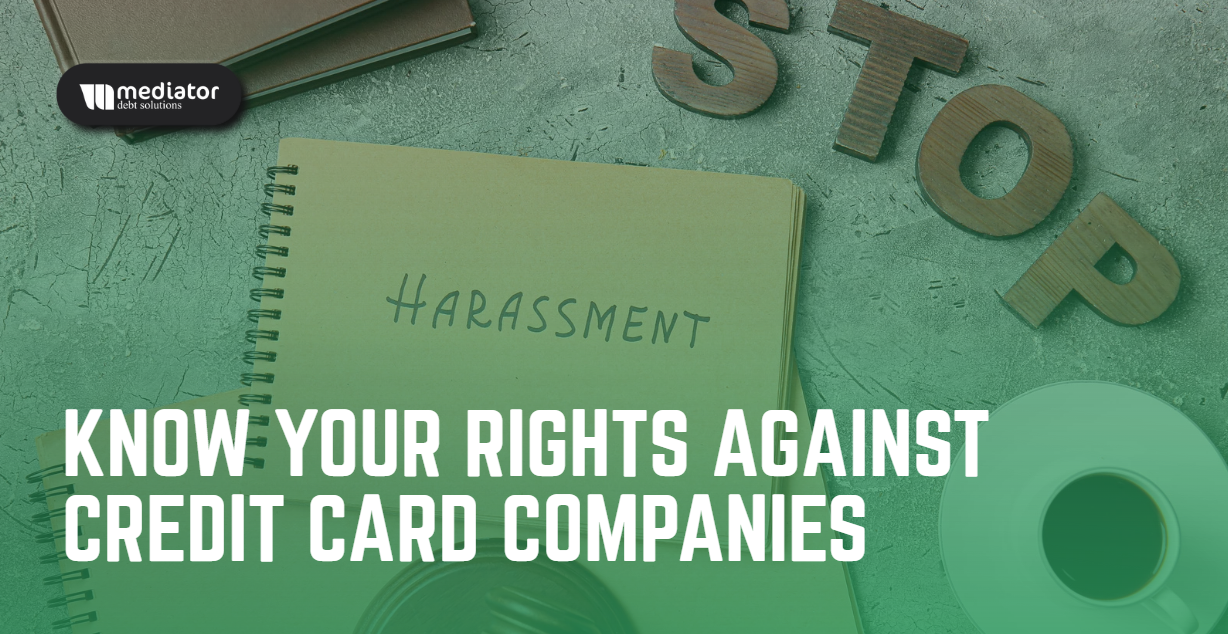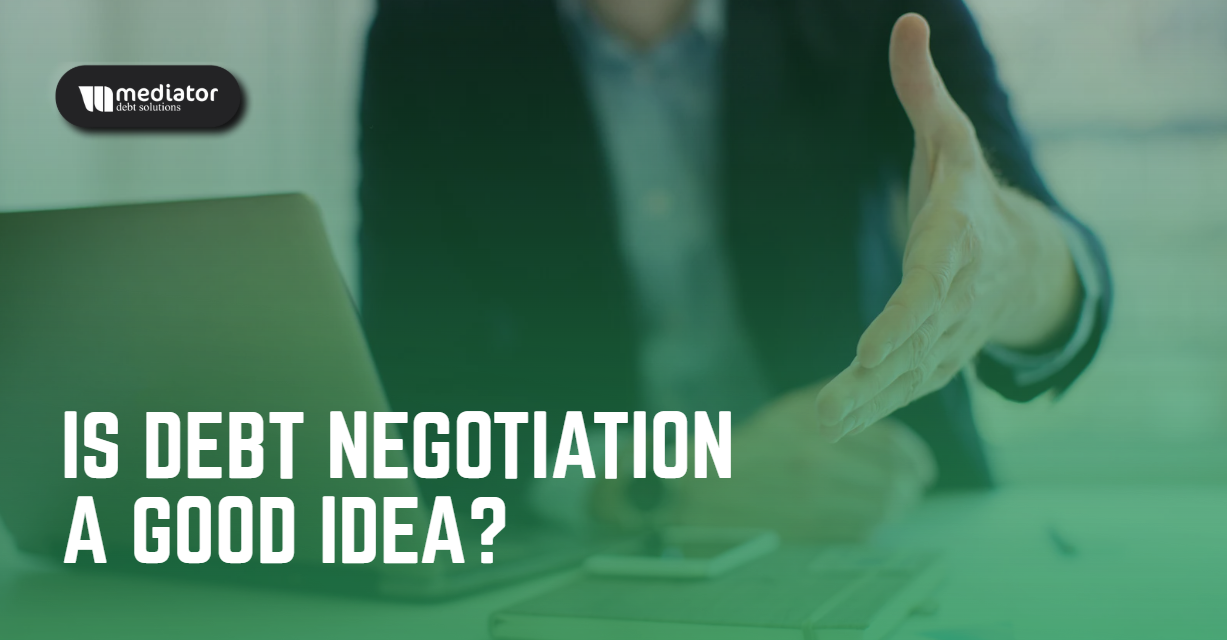Debt often gets a bad reputation, but not all debt is equal. Some people view any debt as a burden, while others recognize that debt can serve a purpose depending on its use, the terms involved, and the potential benefits. Taking a more nuanced approach allows you to differentiate between “good” debt, which can help you build wealth or improve your financial situation, and “bad” debt, which can lead to financial strain without offering long-term benefits.
Understanding the difference between good and bad debt is key to making informed financial decisions. In this blog, we’ll learn why credit card debts are called unsecured debt and why knowing how to categorize and manage debt is essential.
Good Vs. Bad Debt: Is There A Difference?
Secured or Good Debt
Secured or good debt is a type in which the borrower must provide collateral—an asset that serves as security for the loan. If the borrower fails to repay the loan, the lender can seize the collateral to recoup its losses. Mortgages and auto loans are two common forms of secured debt in which the property being financed, such as a home or car, serves as collateral for the loan. Because secured debt reduces the lender’s risk, these loans frequently have lower interest rates and better terms than unsecured loans.
Collateral is essential in securing these loans and making them available to a broader range of customers. For example, in the case of a mortgage, the home being purchased serves as collateral, providing lenders confidence to approve the loan even if the borrower’s credit score is 620. This structure benefits both parties: the lender is protected against default, while the borrower receives access to otherwise unavailable financing.
So, we’ve gone over what good debt is, but, what is bad or unsecured debt? And why are credit card debts called unsecured debt?
Unsecured or Bad Debt
Unsecured or bad debt is borrowing that doesn’t require collateral, meaning there’s no asset backing the loan. If a borrower fails to repay an unsecured debt, the lender must pursue legal action to recover the owed amount rather than seizing the property. Examples of unsecured debt include credit cards, personal loans, and certain bonds. Because there’s no asset to mitigate the lender’s risk, unsecured loans often come with stricter eligibility criteria, such as a solid credit history and lower debt-to-income ratios. Borrowers with credit scores of 670 or higher typically have access to the best personal loan options, while those with lower scores may face higher interest rates or fewer lending opportunities.
While these loans and instruments can be viable for borrowers who meet the requirements, it’s essential to weigh the higher costs and risks associated with them against their benefits.
Why Are Credit Cards Called Unsecured Debt?
Credit cards are considered unsecured debt because they don’t require any collateral to back them. Unlike secured loans, such as a mortgage or car loan, where the asset being financed (like your home or vehicle) serves as collateral, credit card issuers rely solely on the borrower’s creditworthiness and promise to repay. If a borrower defaults, the lender cannot directly seize assets to recover the funds owed. Instead, the lender must pursue collection efforts, such as legal action or reporting the delinquency to credit bureaus.
While credit cards can be a convenient tool for managing expenses, carrying a balance without paying it off can lead to mounting interest charges, making them a potentially costly form of unsecured debt. So, how can you pay off unsecured debt?
The fact that credit cards are considered unsecured debt can be beneficial for people struggling with debt because it opens the door to options like debt settlement. Since credit cards don’t require collateral (such as a home or car) to back them, so they are more flexible when negotiating a reduced amount owed. In a debt settlement, the borrower can work with a professional to negotiate with creditors and potentially settle the debt for less than the full amount.
This is particularly helpful for individuals facing financial hardship, as creditors may prefer to accept a smaller, lump-sum payment rather than risk receiving nothing if the borrower defaults. Debt settlement can make it possible to pay off a substantial portion of credit card debt at a lower cost, helping borrowers get back on track and pave their way to a debt-free life!

